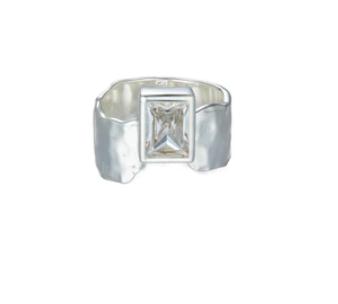Throughout history, women's accessories have played a significant role in fashion and culture. From ancient times to the present day, the evolution of women's accessories has reflected the cultural context of each era.
In ancient times, women's accessories were often made from natural materials such as shells, stones, and animal bones. These accessories were used for both functional and decorative purposes, with necklaces and bracelets serving as status symbols and belts and brooches being used to fasten clothing.
During the Middle Ages, women's accessories became more elaborate as the concept of fashion emerged. The use of precious metals and gemstones became popular, and jewelry was often adorned with intricate patterns and symbols. The concept of personal adornment became more important, and accessories were seen as a way to express individual style and personality.
In the Renaissance period, women's accessories continued to evolve with the development of new techniques and materials. Pearls became a popular accessory, and elaborate hairstyles were adorned with ornate combs and hairpins. Gloves, fans, and handkerchiefs also became popular accessories during this time.
In the 18th century, women's accessories became more extravagant, reflecting the opulence of the time. alexandria ring.Jewelry became larger and more ornate, with diamonds and other precious stones becoming more common. Women's hairstyles became more elaborate, with the use of wigs, hats, and feathers.

During the Victorian era, women's accessories reflected the strict social codes of the time. Jewelry was often worn in sets, and the use of mourning jewelry became popular. Fans, parasols, and gloves were also important accessories during this time.
In the early 20th century, women's accessories became more functional as women began to take on new roles in society. Handbags and purses became popular accessories, and hats were worn to protect women's skin from the sun. Jewelry became smaller and more understated, reflecting the changing attitudes towards luxury and excess.
During the 1960s and 70s, women's accessories became more playful and unconventional, reflecting the changing attitudes towards gender roles and fashion. Large earrings, oversized sunglasses, and colorful scarves became popular accessories during this time.
Today, women's accessories continue to evolve and reflect the cultural context of each era. Technology has played a significant role in the development of new accessories such as smartwatches and fitness trackers, and sustainable materials are becoming more popular as people become more conscious of the environment.
In conclusion, the evolution of women's accessories throughout history reflects the cultural context of each era. From the use of natural materials in ancient times to the development of new technologies today, women's accessories have played a significant role in fashion and culture. As we continue to evolve as a society, it will be interesting to see how women's accessories continue to develop and reflect our changing attitudes towards fashion and identity.